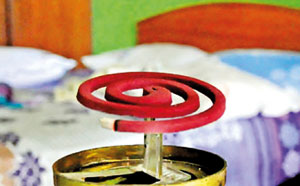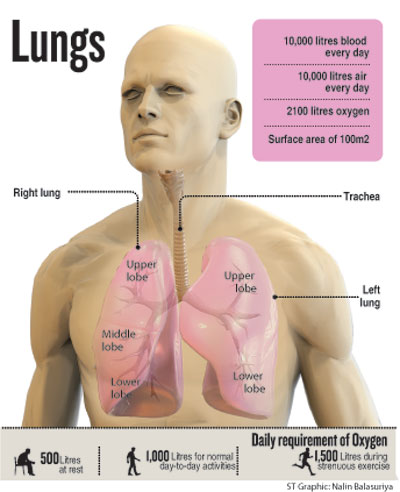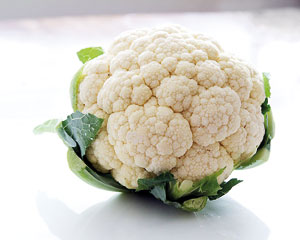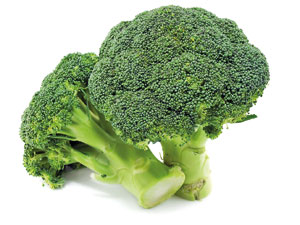‘Don’t take your lungs for granted’
They are an amazing organ, occupying the chest cavity like gossamer-winged butterflies, which many of us take for granted. Each and every breath we take, on which our very life depends, will hinge on the condition of our lungs. In the past, while we assumed that lungs were endangered by external air pollutants, now many have been identified lurking within our very homes.

Dr. Sundeep Salvi
Among them are biomass smoke (produced by burning either firewood or animal dung), mosquito coils, incense and fire-crackers.
It is the Director of the Chest Research Foundation (CRF), Dr. Sundeep Salvi based in Pune, India, who underscores the importance of and dangers to lungs within our houses on July 6. The CRF is a state-of-the-art research and education institute with a focus on respiratory diseases, especially obstructive airways diseases.
Dr. Salvi was in Colombo to deliver the C.G. Uragoda Oration titled ‘The air we breathe: Its impact on our health’ at ‘Respire 9’, the annual academic sessions of the Sri Lanka College of Pulmonologists.“We take our lungs for granted but need to realize that we should take good care of them,” Dr. Salvi told MediScene in an exclusive interview on July 8, just before returning to Pune.
Why do we take the lungs for granted? It is because the air we breathe comes absolutely free of charge, he points out, stressing that the lungs are a ‘tolerant’ organ. While the lungs play a vital role, it is only after a significant amount of harm that symptoms will manifest themselves.
He talks of the basic necessities of life – we need about 1-2kg of food per day and 2-3 litres of water per day but 10,000 litres of air per day. “Oxygen provides us with 90% of our nutritional energy with just 10% from the food we eat.”Dubbing oxygen the “fuel that provides energy”, he says that it accounts for about 70% of the total body weight.
 Before getting down to brass tacks, he gives an insight on who produces oxygen for the use of Planet Earth. Many may not realize that while only 30% of the world’s oxygen is provided by trees, 70% or 330 billion tons per year is from green algae and cynobacteria.
Before getting down to brass tacks, he gives an insight on who produces oxygen for the use of Planet Earth. Many may not realize that while only 30% of the world’s oxygen is provided by trees, 70% or 330 billion tons per year is from green algae and cynobacteria.
With the quality of the air that we breathe being a major determinant of our health, Dr. Salvi makes an earnest plea – “Don’t ignore your lungs,” for they are responsible for the transfer of a large volume of essential oxygen throughout the body.
The air pollutant culprits, MediScene learns come mainly in two forms – gaseous and particulate.Gaseous air pollutants – Carbon Monoxide; Nitrogen Oxides Sulphur Dioxide and Ozone. Particulate matter – PM10 (particles less than 10 microns in diameter); PM2.5 (particles less than 2.5 microns in diameter); and PM1 (particles less than 1 micron in diameter) and Nanoparticles. Dr. Salvi explains that if particles are more than 10 microns in diameter, they do not enter the deeper sections of the lungs. The smaller the particle, the more dangerous it is for the lungs.
He points out that earlier all the focus was on air pollution caused by motor vehicles and industries but now the spotlight has fallen on ‘household’ air-pollutants which have been ‘awarded’ the dubious honour of being No. 1 or the biggest cause of suffering and death.
Referring to indoor air pollution by the burning of mosquito coils, a common occurrence in many Sri Lankan homes, he is quick to point out that one coil produces as much of PM2.5 as that of 100 cigarettes and as much hydrocarbons as 50 cigarettes.
 Quoting studies, he says that mosquito coils are made of pyrethroids, coal dust/coconut husk, binders and resins and smoulder for six to seven hours during the night. Many people close their room doors and windows to keep the mosquitoes out while burning the coil, allowing these dangerous fumes to circulate in an enclosed space. In whatever form it comes, whether coil, tablet or plug-in, they are not good for lung health.
Quoting studies, he says that mosquito coils are made of pyrethroids, coal dust/coconut husk, binders and resins and smoulder for six to seven hours during the night. Many people close their room doors and windows to keep the mosquitoes out while burning the coil, allowing these dangerous fumes to circulate in an enclosed space. In whatever form it comes, whether coil, tablet or plug-in, they are not good for lung health.
Picking up incense sticks, Dr. Salvi cites a study of obstructive airways diseases among 50 temple pusaris in Pune which found that 25% of them showed evidence of this disease even though all were non-smokers. Referring to his own country’s plight, Dr. Salvi says that biomass cooking in India is a major cause of lung illness, while a Colombo-Panadura study in Sri Lanka had also shown that indoor cooking with biomass fuel was a “significant” risk factor for asthma in children.
Next he takes the world to underscore that more than 50% of childhood pneumonia deaths may be attributed to household air pollution from the burning of biomass. The exposure to biomass smoke has also been linked to intrauterine growth retardation, premature babies, poor lung growth and asthma, according to Dr. Salvi who shows a photograph of a tiny, dingy and smoke-filled kitchen in India, with a squatting woman cooking a meal and her little one close-by.
He then compares and contrasts Chronic Obstructive Pulmonary Disease (COPD) usually caused by smoking and the inhalation of biomass smoke, while adding that burning of animal dung is more harmful than wood.
Beating air pollution While highlighting the problems, Dr. Sundeep Salvi also provides simple solutions.Pointing out that plants are excellent at mopping up pollutants, he suggests having some of them indoors to ward off harmful effects.Comparing two studies on the prevalence of COPD in women using biomass fuel for cooking in India and Thailand, he says that Indian women had five-times more COPD although both groups burnt the same amount of biomass fuel.The difference was one more window, according to Dr. Salvi, for the Thai home-kitchens in which biomass fuel was burnt had just one extra window.Meanwhile, certain foods too have the potential to protect humans from air pollution. Vegetables such as broccoli, cabbage and cauliflower contain certain anti-oxidants which are very good for the lungs, says Dr. Salvi, adding that other anti-oxidant containing items like ginger and turmeric are also good. Food such as fish which contains Omega 3 Fatty Acids should also be taken. While highlighting the problems, Dr. Sundeep Salvi also provides simple solutions.Pointing out that plants are excellent at mopping up pollutants, he suggests having some of them indoors to ward off harmful effects.Comparing two studies on the prevalence of COPD in women using biomass fuel for cooking in India and Thailand, he says that Indian women had five-times more COPD although both groups burnt the same amount of biomass fuel.The difference was one more window, according to Dr. Salvi, for the Thai home-kitchens in which biomass fuel was burnt had just one extra window.Meanwhile, certain foods too have the potential to protect humans from air pollution. Vegetables such as broccoli, cabbage and cauliflower contain certain anti-oxidants which are very good for the lungs, says Dr. Salvi, adding that other anti-oxidant containing items like ginger and turmeric are also good. Food such as fish which contains Omega 3 Fatty Acids should also be taken. | |
 |


